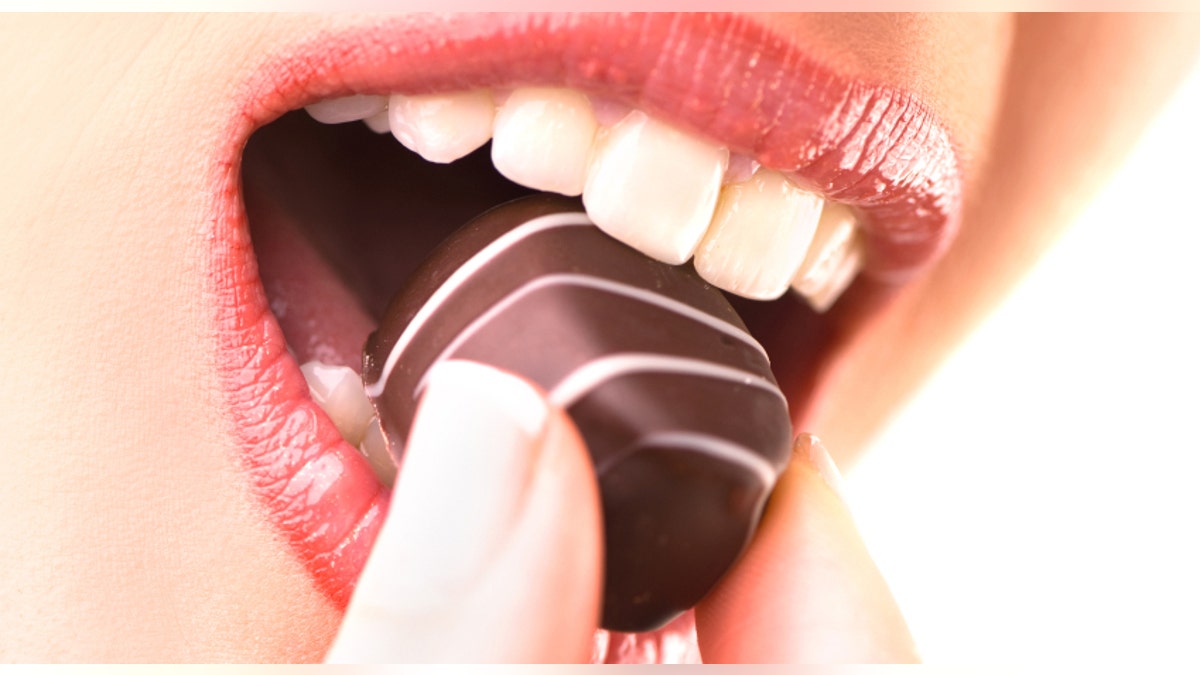
In the early 1900s German scientist D.P. Hanig had volunteers taste salty, bitter, sour, and sweet foods and tell him where on their tongues they tasted each food most. Then, Harvard psychologist Edwin G. Boring converted those answers into a map of the tongue that purported to show which part of the tongue was responsible for tasting each flavor. That tongue map is still in circulation today, all over the web.
The problem is that Boring’s map was only intended to indicate sensitivities, not exclusive taste regions, but it was quickly misinterpreted as such.
Before long, even scientists of the day were mistaken in believing that there were specific taste regions on the tongue, and perhaps even different types of taste buds.
READ MORE: Make Your Vegetables Taste Better— and Eat More
“The tongue map isn’t something we talk about anymore in medical school because it’s inaccurate,” says Dr. Joseph K. Han, an otolaryngologist and professor at Eastern Virginia Medical School (EVMS) in Norfolk. Taste, he says, is not as simple as that tongue map makes it seem.
How taste really works
Those little bumps on your tongue are not your taste buds; they are called papillae. The taste buds are inside the papillae, below the surface of your tongue, and are connected to nerves. Papillae are not actually bumps— they’re shaped like small funnels that deliver your food’s molecules to the taste buds inside. Tiny taste bud organs then interact with the molecules and send a signal to your brain about what you’re tasting.
Your taste buds can all pick up the standard salty, bitter, sour and sweet, in addition to savory— the flavor left off the map. Some areas of the tongue are more sensitive to some flavors, but that’s still only half of the equation. “When we talk about taste, there’s a lot more to it than that,” says Han, who is also the director of the division of rhinology and endoscopic sinus and skull base surgery at EVMS.
The science of scent
When you taste something unique, Han says, you’re actually smelling it. “Try holding your nose shut the next time you have a piece of chocolate, or fine wine or beer. It won’t taste the same,” he says.
The smells that are unique to, say, chocolate or wine flesh out the eating experience so you know you’re tasting those things specifically, and not just something sweet or sour. When you smell a delicious food, it prepares you for the delight of eating it. “You taste the food first by smelling it,” says Han. “Pizza tastes good because it smells like pizza first, before it even hits your tongue.”
READ MORE: Eating Healthy on a Budget
A damper on taste
When you can’t smell, your ability to taste is inhibited, so any smell disorder is also a taste disorder. “When you have allergies, sinusitis or a head cold, you’re experiencing reduced tasting ability,” Han says.
Most often smell and taste disorders are temporary, but they are sometimes permanent, like in the case of chronic sinusitis, or sinus inflammation. Taste sensitivity also appears to decline after age 50.
READ MORE: E-Cigarettes Come in 7,000 Flavors — But Are They Healthier?
There are some dangers when you can’t smell correctly. For example, you might miss the whiff of warning that milk has soured or a food has spoiled, which could lead to a foodborne illness when you ingest it.
Human noses have also evolved to protect us from external danger. “When my patients tell me they can’t smell, I tell them to make sure their smoke detectors are working,” Han says.
Overall, though, smell and taste disorders are rarely serious, mostly hindering quality of life by depriving you of the flavors you love.
And to find those, you don’t need a map. You just need your own nose and mouth.
